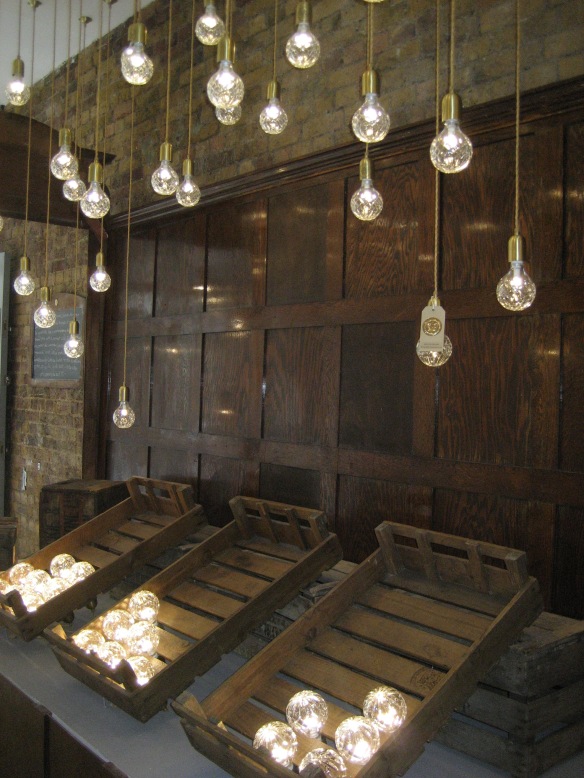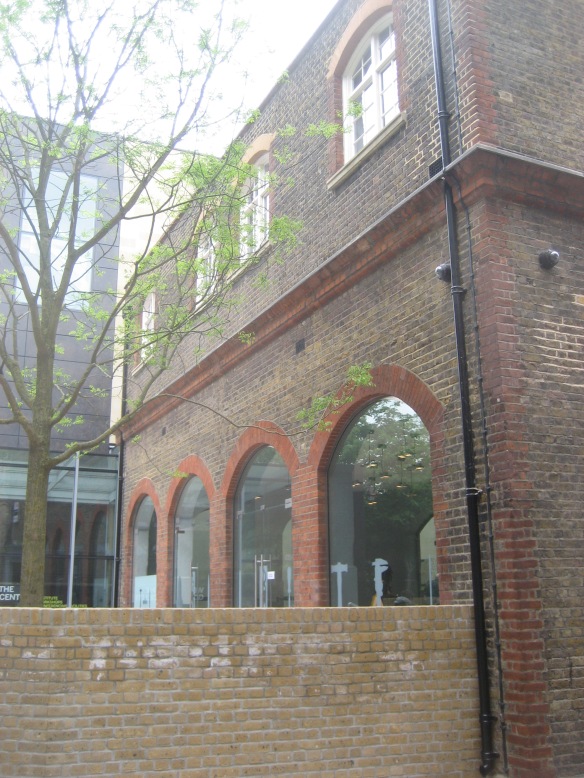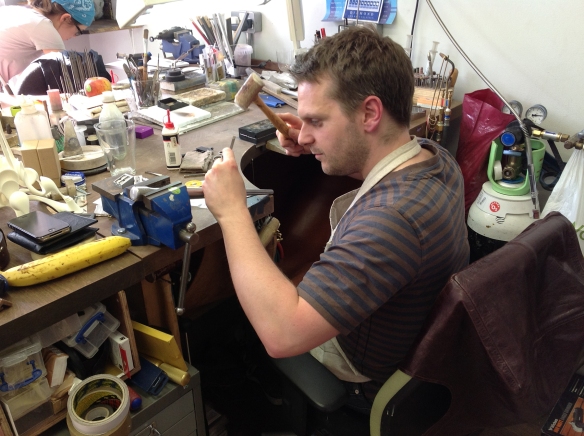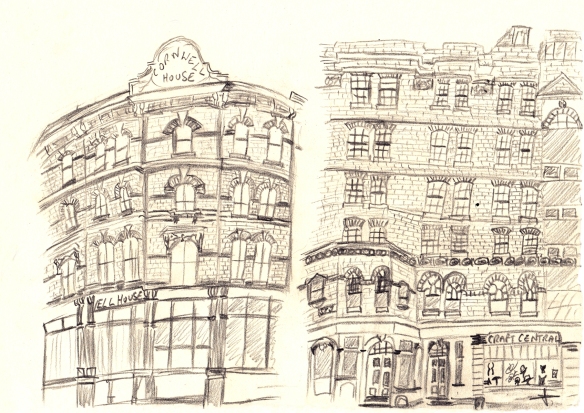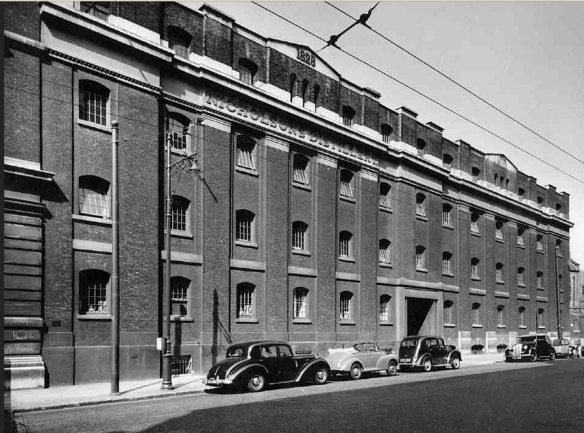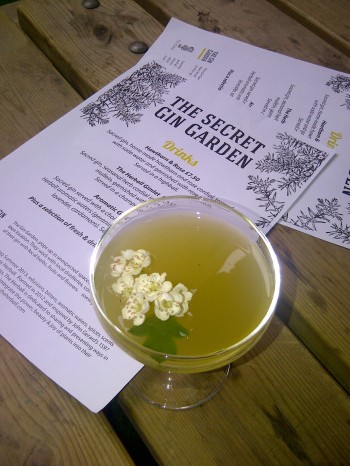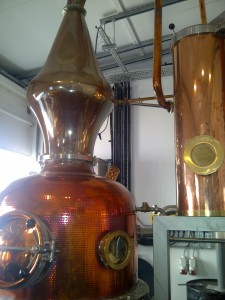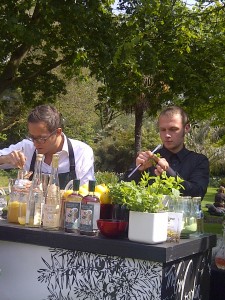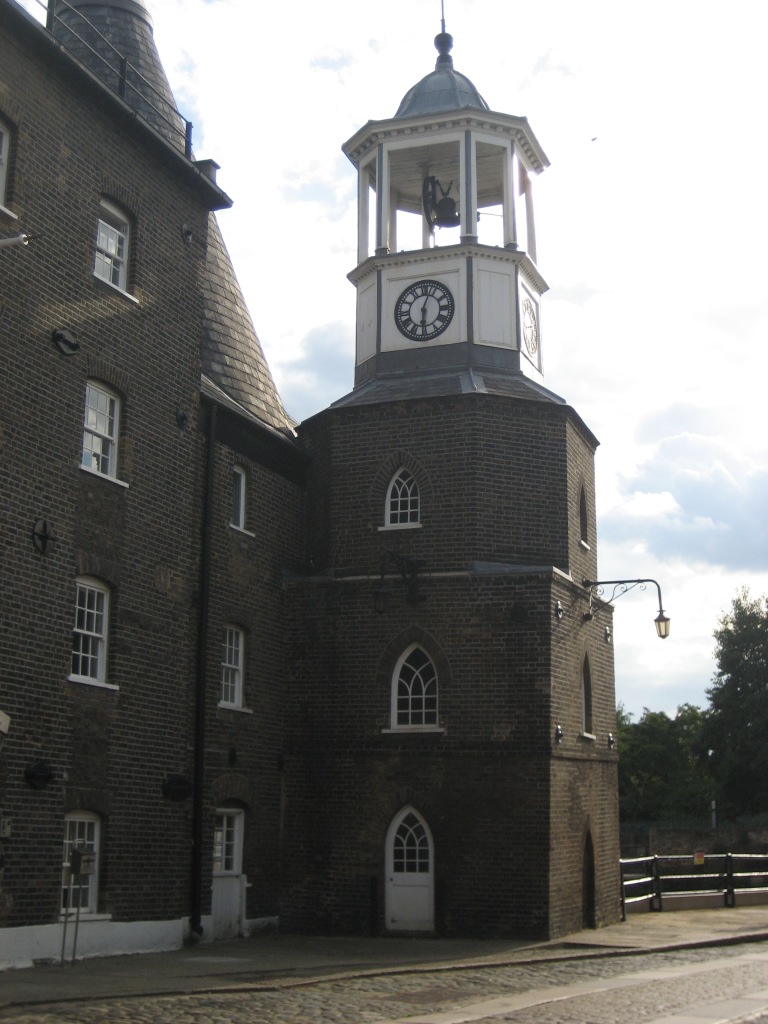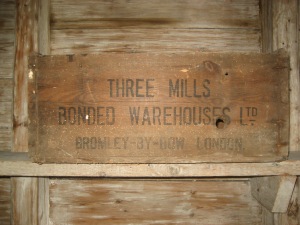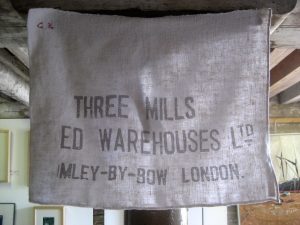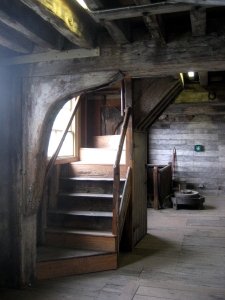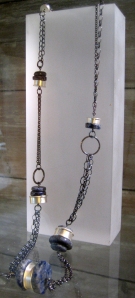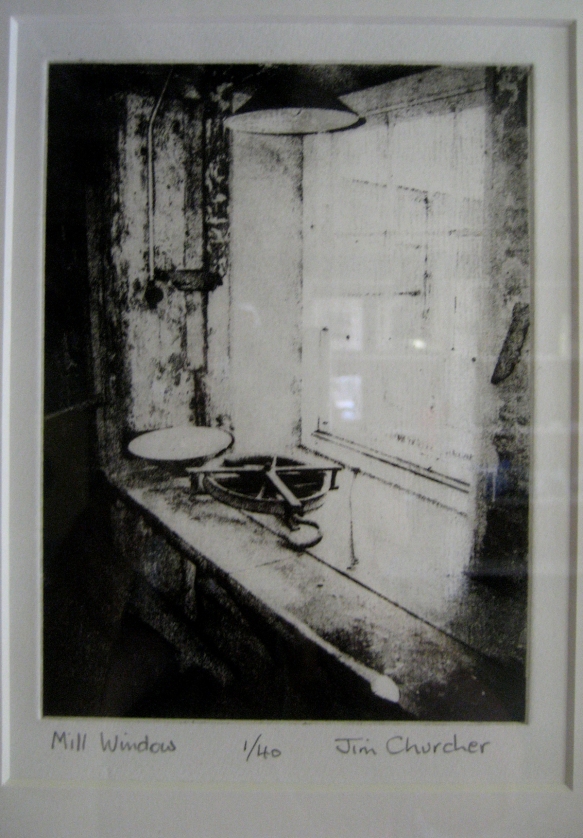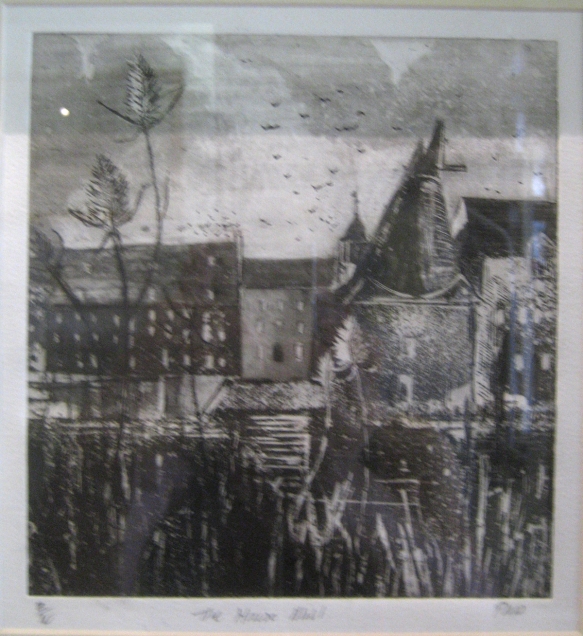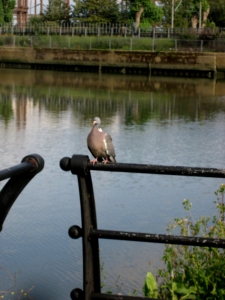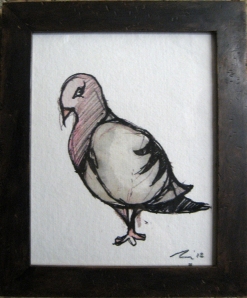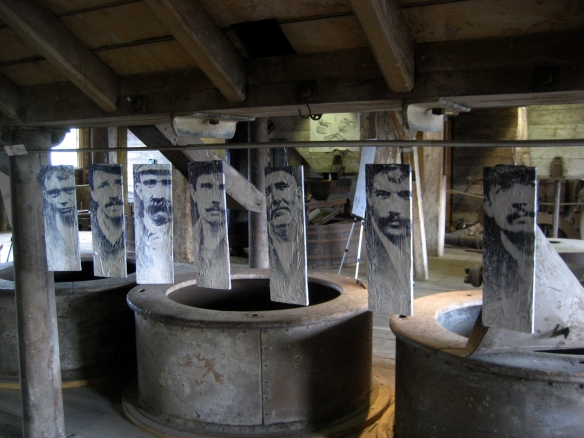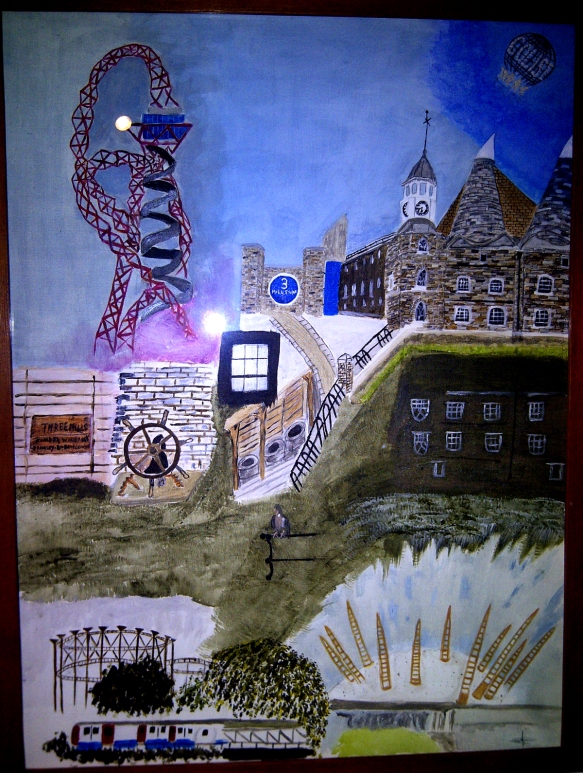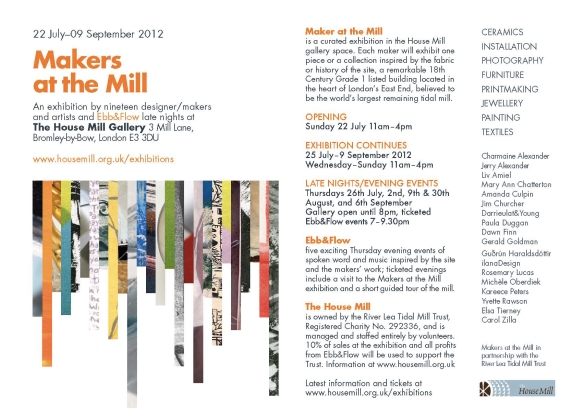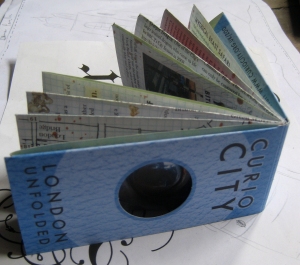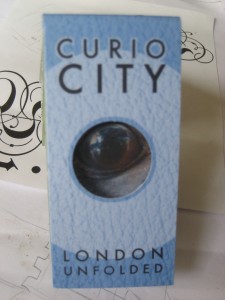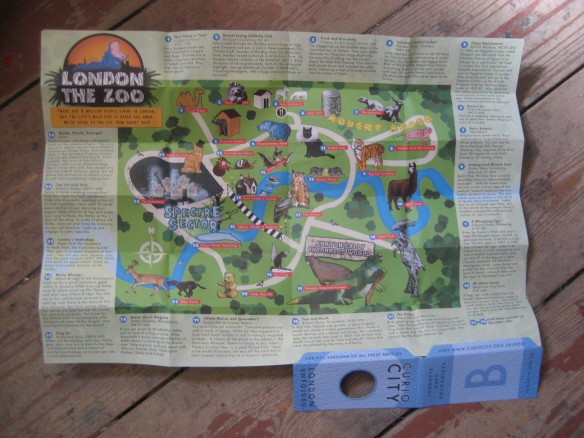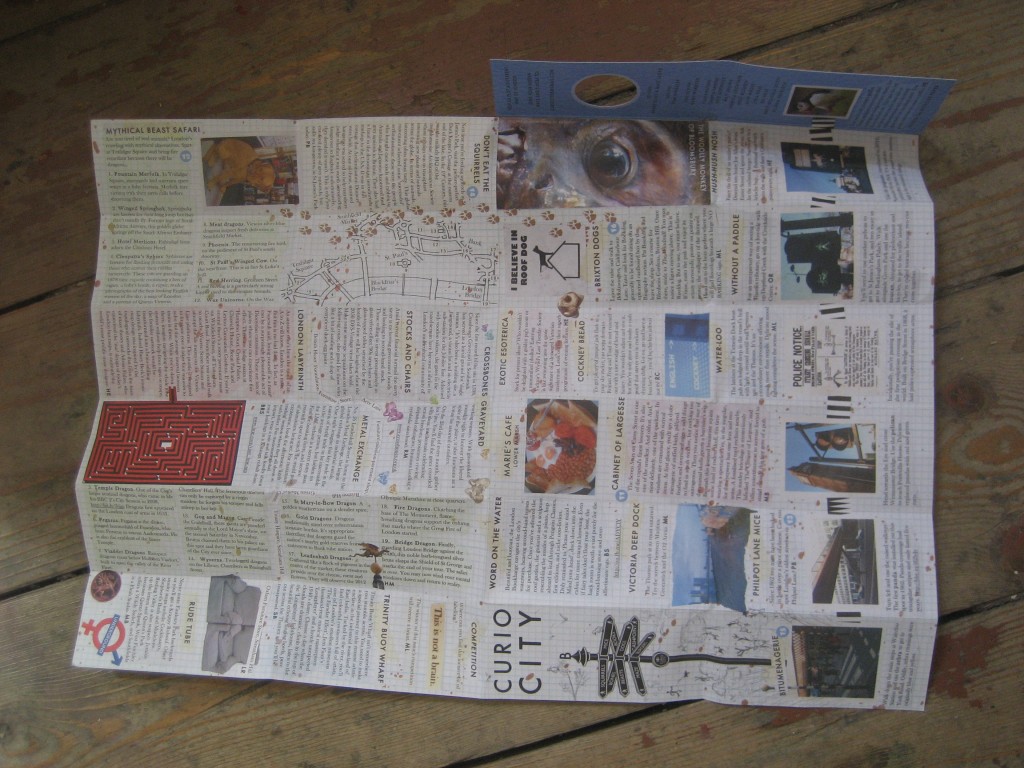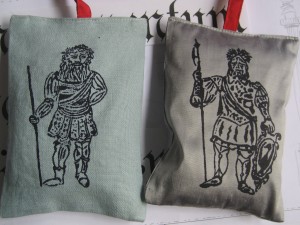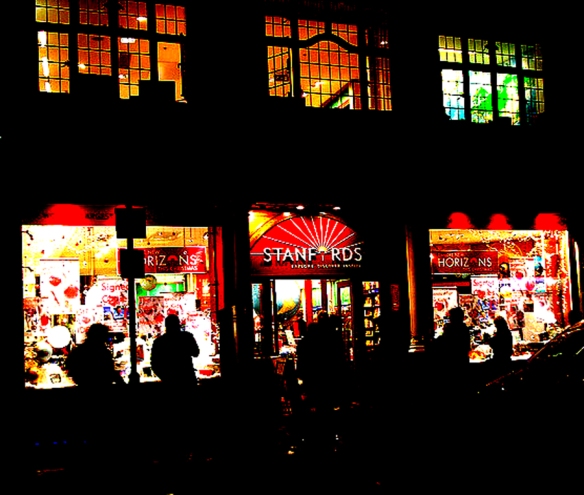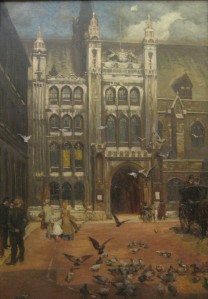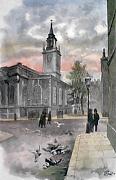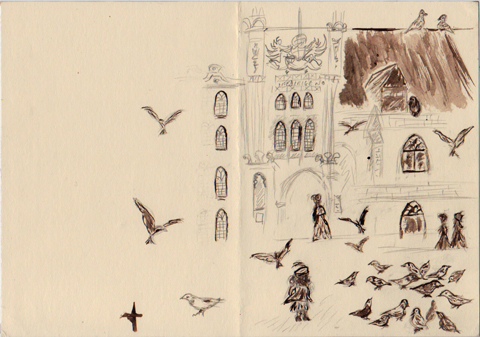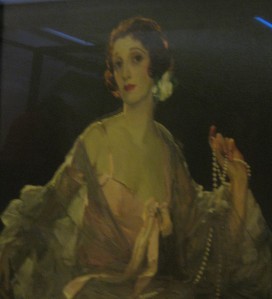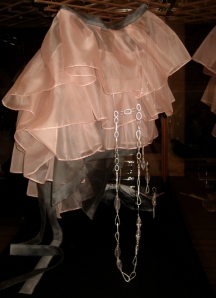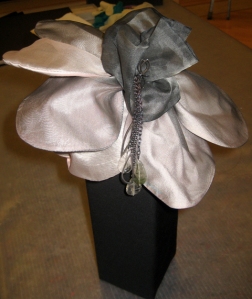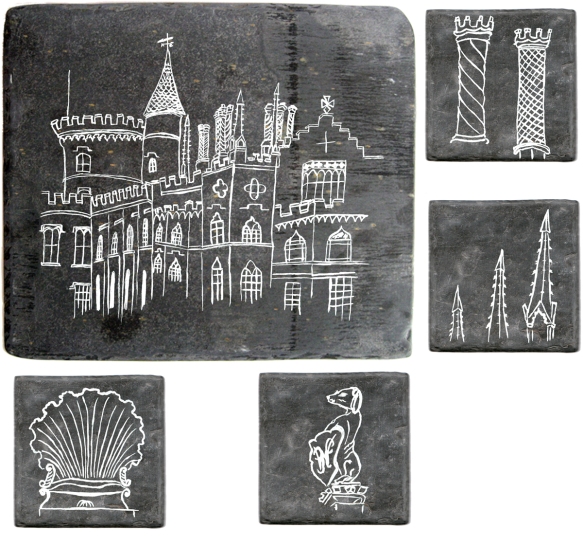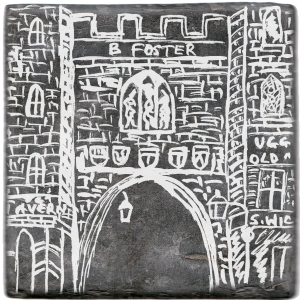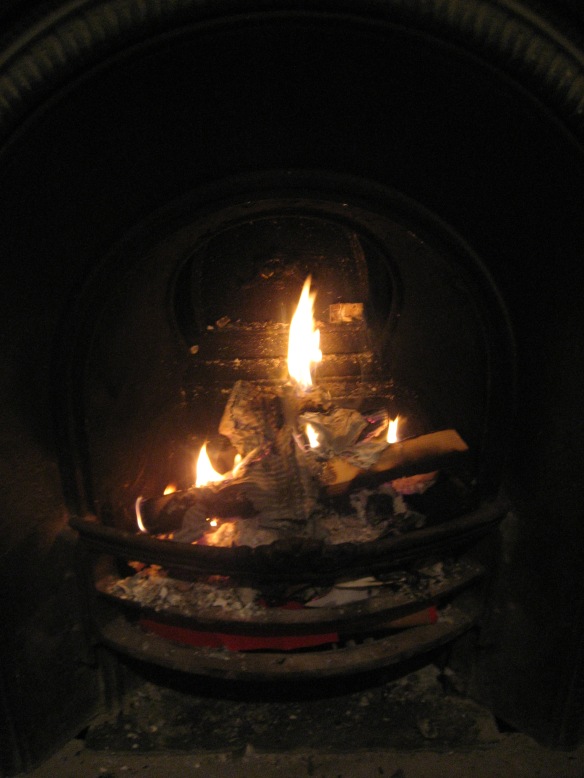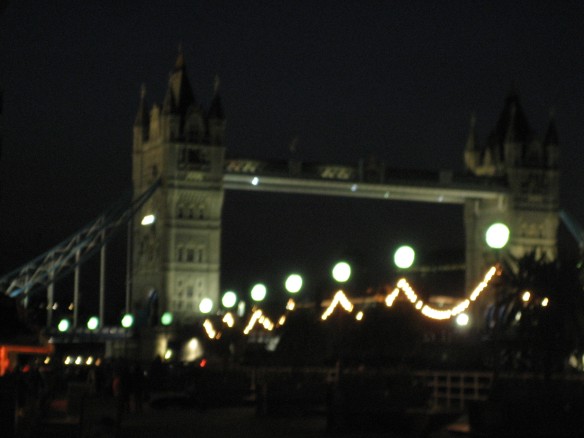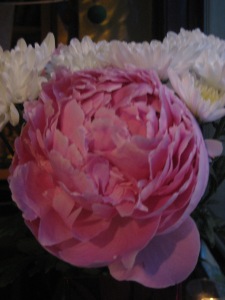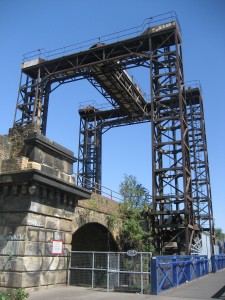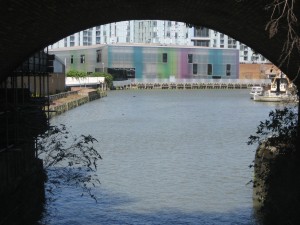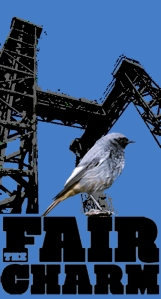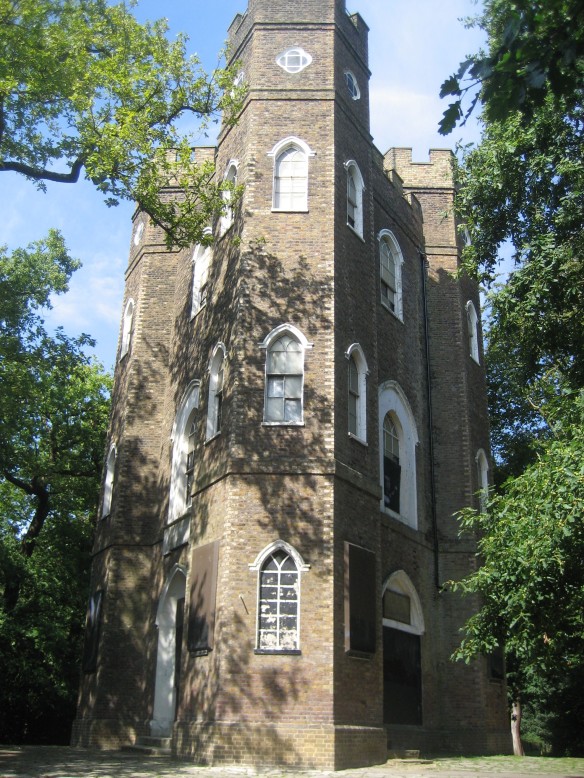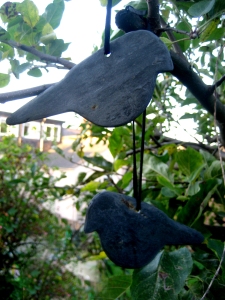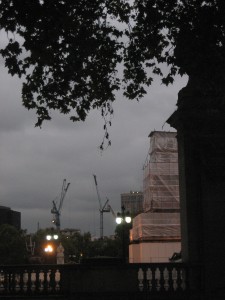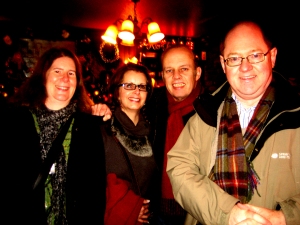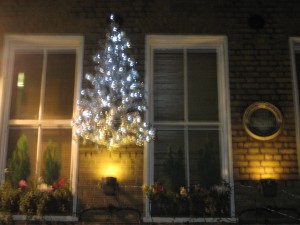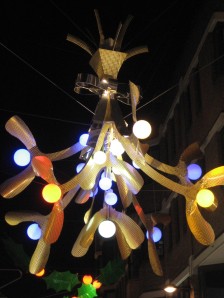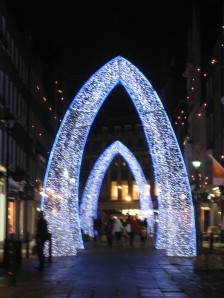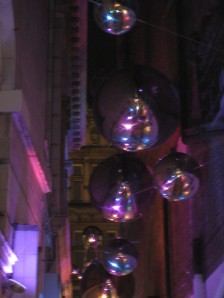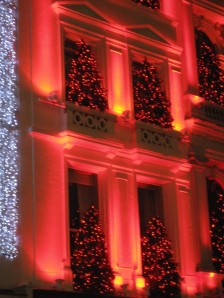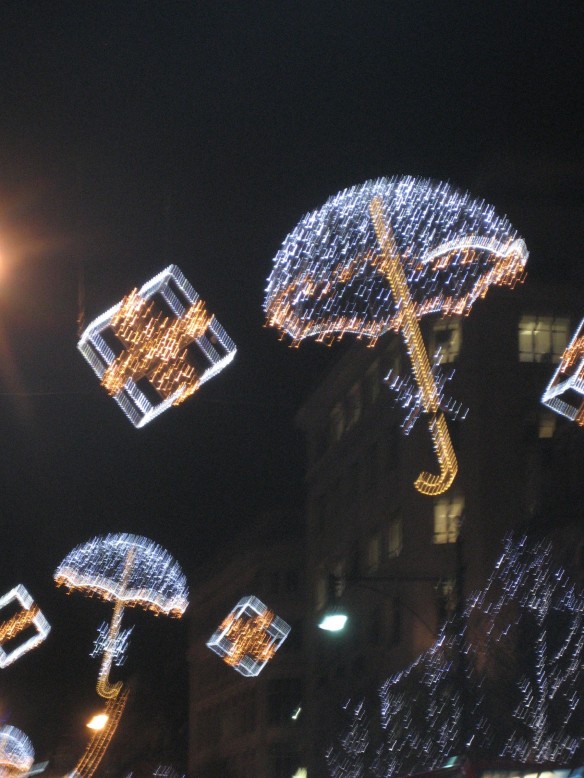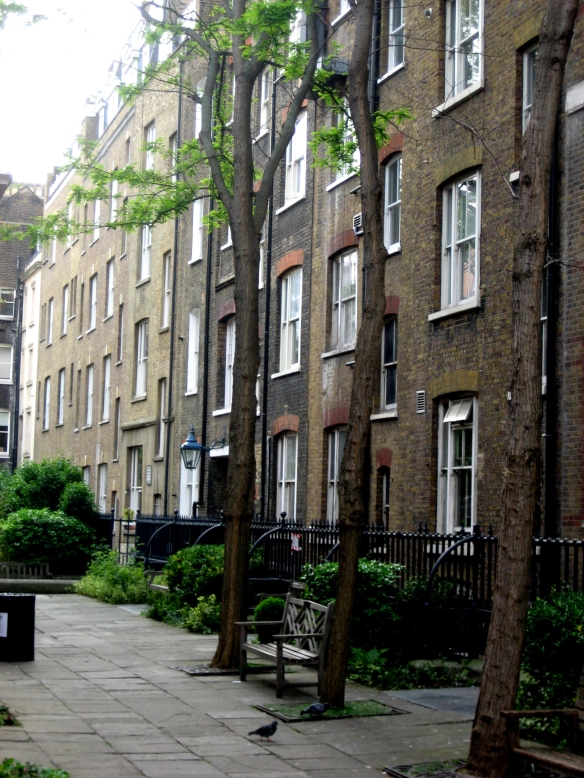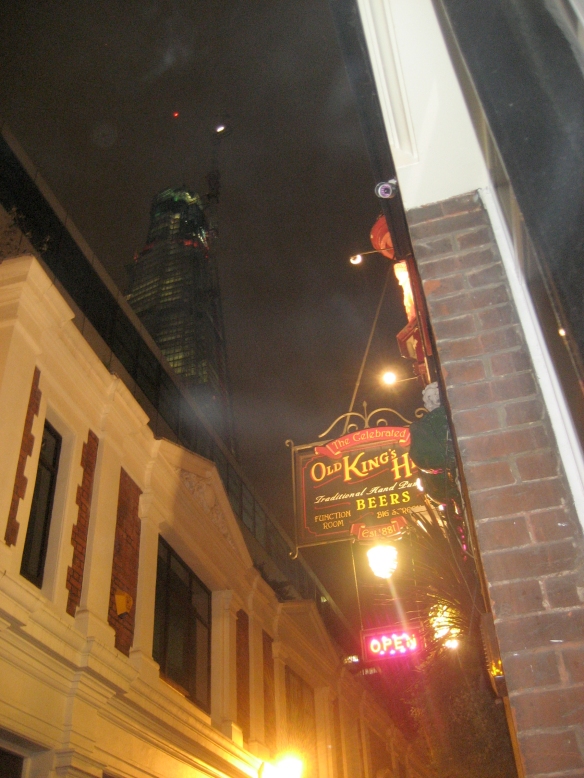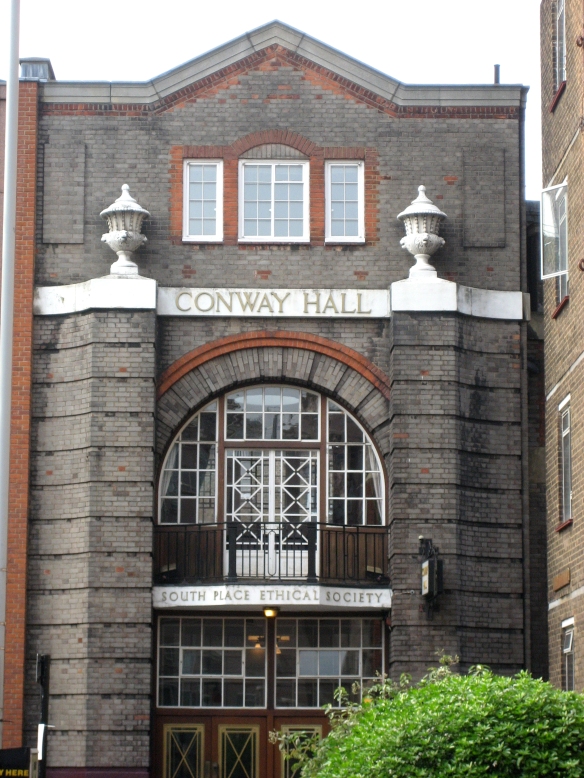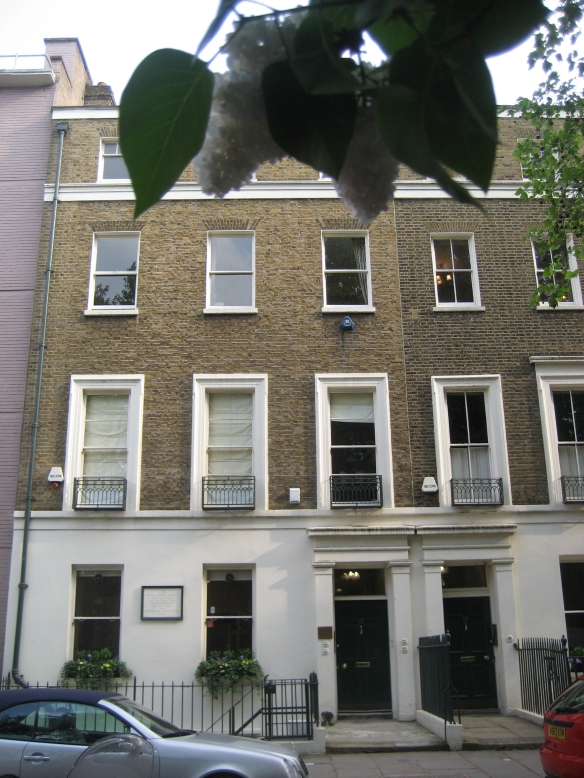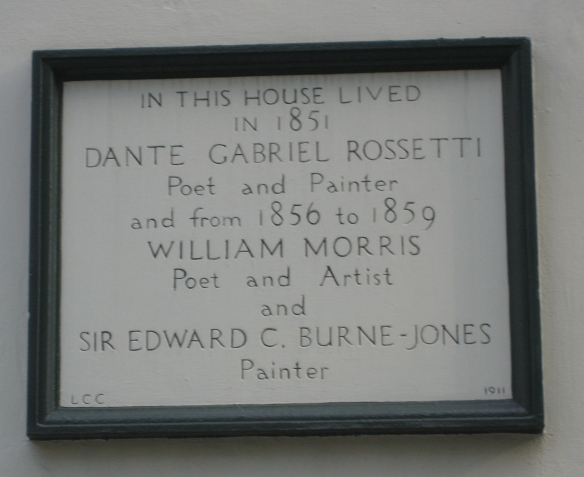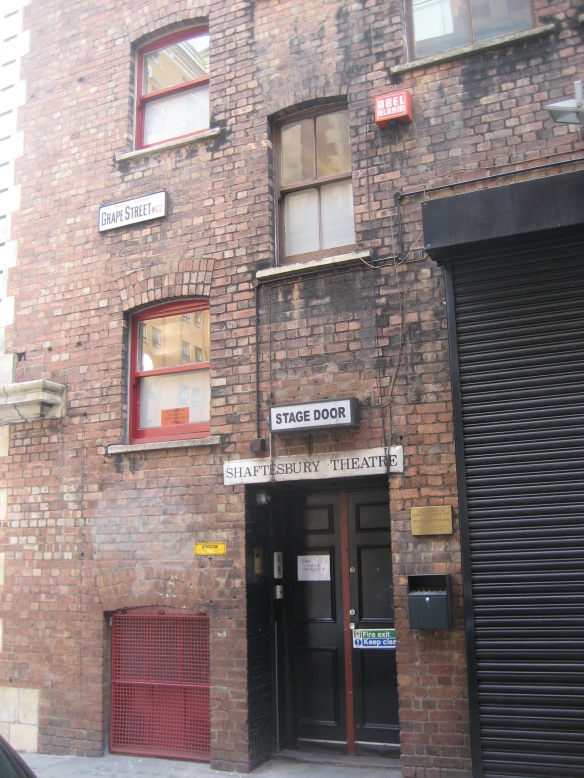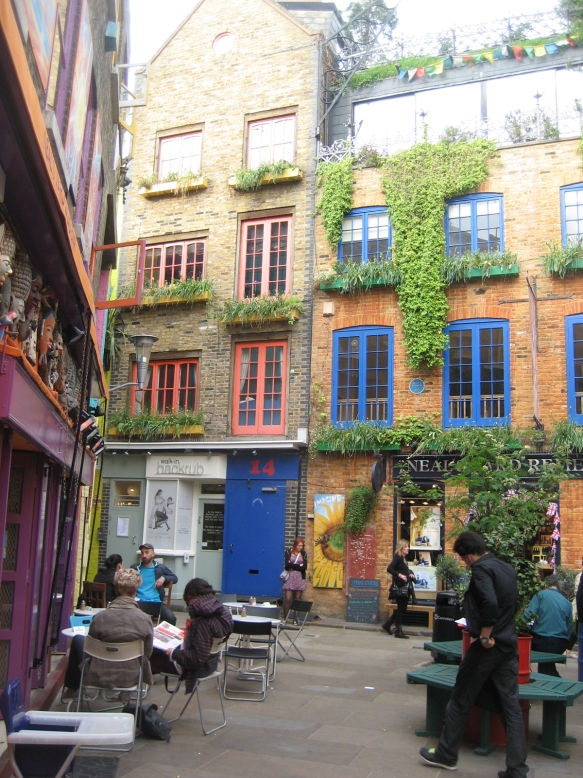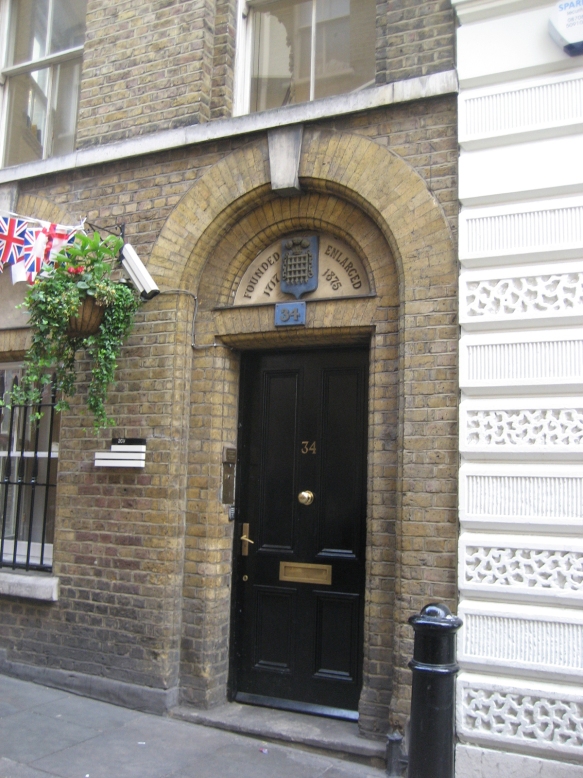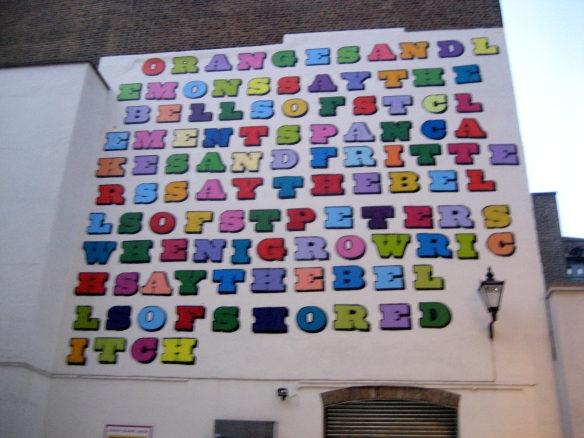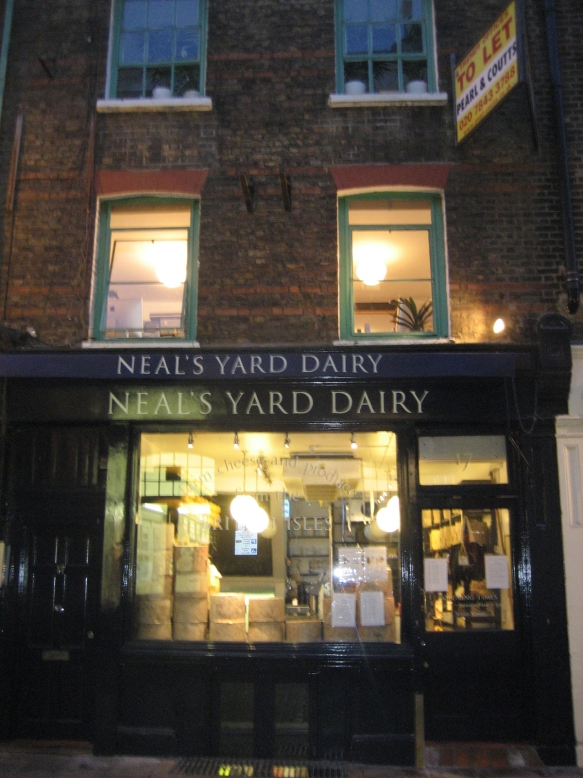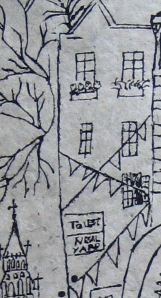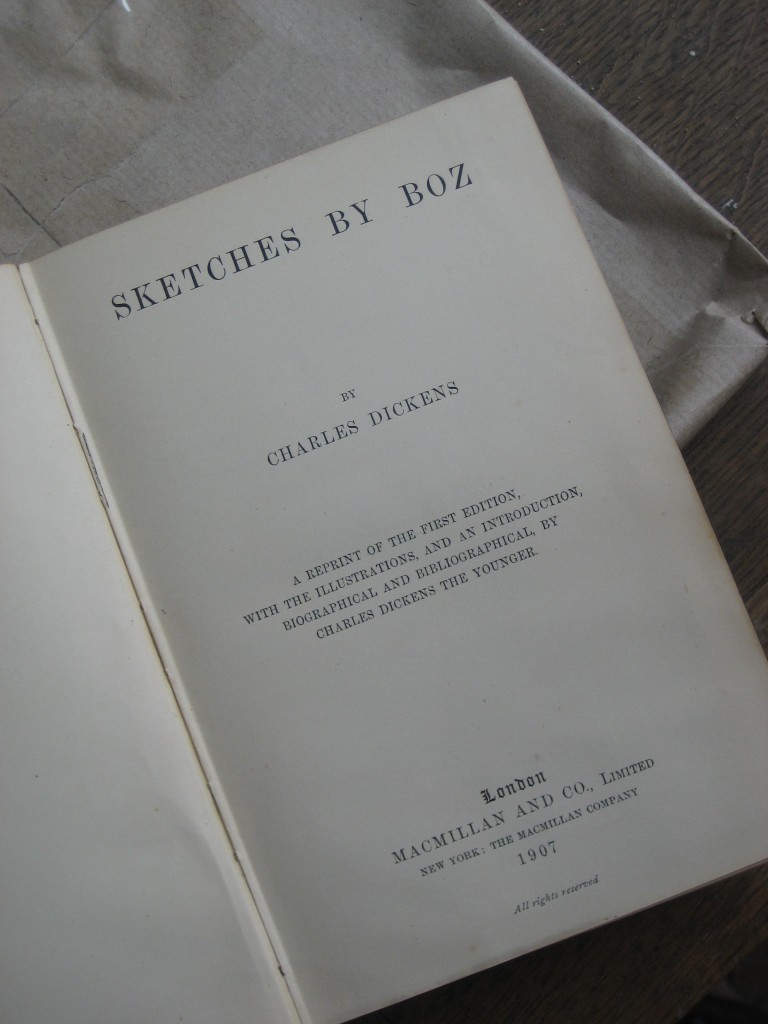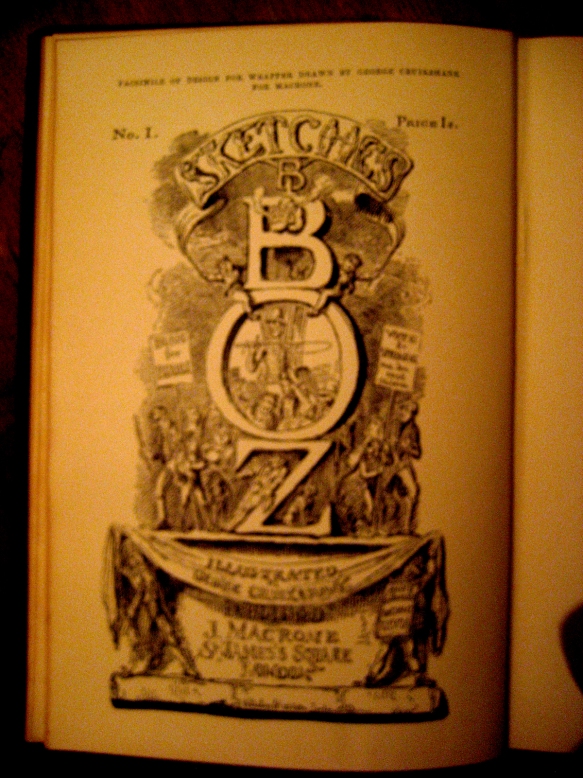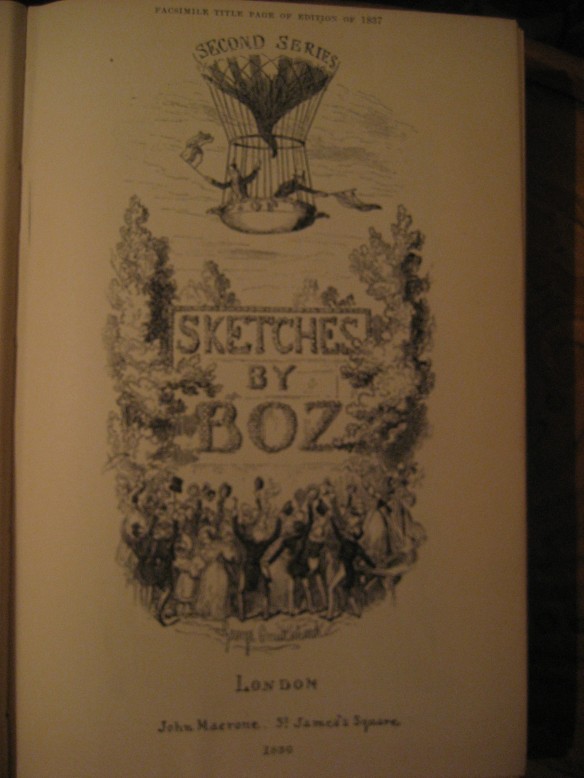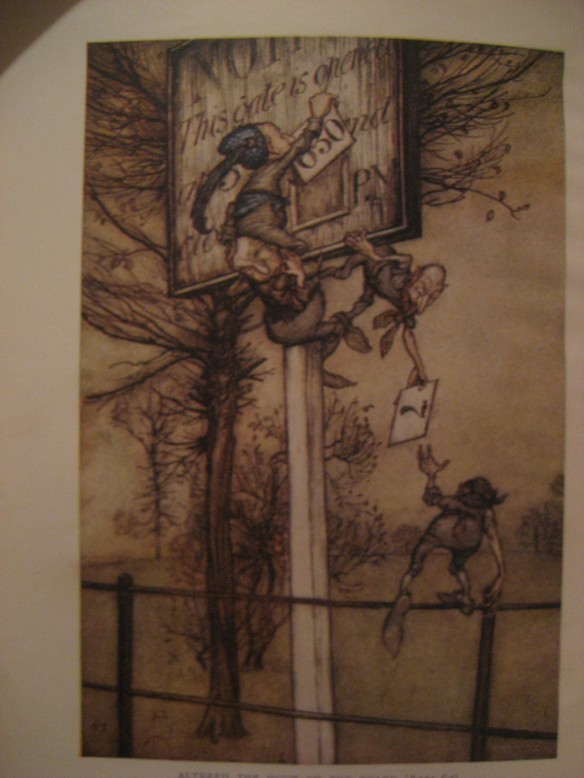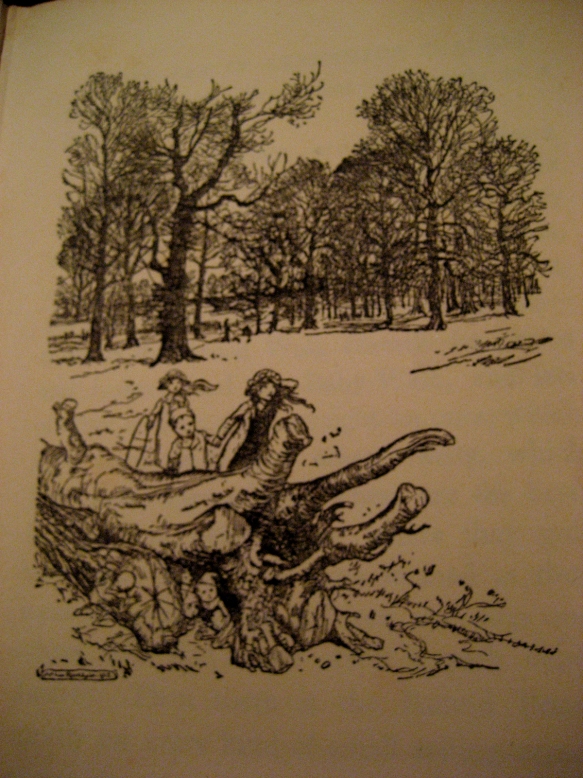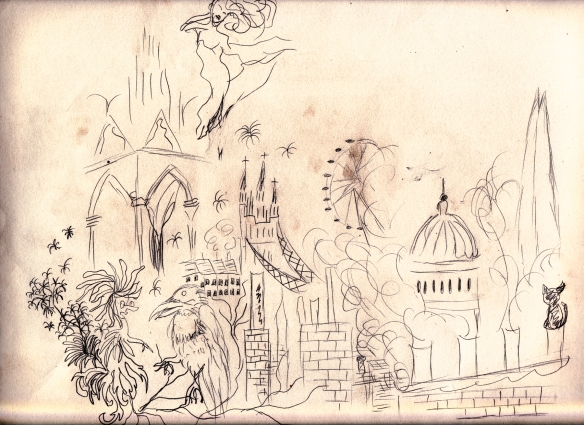There was much lapsing in Tot Hall last week with very little of an industrious nature being achieved. Visits to hostelries under the guise of research and the perusal of cinematography have taken priority.
Such same perusal of a particular favourite film provided the impetus for this post. The Chain (1984) written by Jack Rosenthal. An engaging tale which follows moving day for seven households beginning in Hackney to Tufnell Park via Willesden then Hammersmith into Hampstead on to Holland Park then Knightsbridge and full circle back to the street in Hackney.
Several of Manchester born Jack Rosenthal’s screenplays centre on London and its suburbs. Each are beautifully executed tales of everyday life narrated with pathos and humility. They are of their time but certainly none the worse for that.
The Chain begins its journey in Hackney, a somewhat different Hackney to the one that has up and come in the intervening twenty seven years since the film was made. The small terraced house that is used for the film set is shown to be 94 Quilter Street. In the screenplay a mother is preparing for the departure of her son, leaving her to await a lodger rather than face an empty house. 1881 finds the house far from empty; the Census for that year records four separate households: A Turner and his wife; Railway Porter with wife and five children; Laundress and daughter a boot fitter; Cellarman and his wife; so almost certainly one room per family in a small house comprising four rooms with a back kitchen and scullery with the only privy in the backyard.
Returning to The Chain we follow the son’s journey to Tufnell Park in a clapped out Morris Traveller. Here we are introduced to a young married couple about to embark on the property ladder with the familiar title that first came into common parlance in the 1980s the ‘first time buyer’. The young man about to move into the tired rented flat with the peeling paint on the window frames is of course suitably overawed by this ‘title’, along with the ninety per cent mortgage they have signed themselves up for. Littered around the scene thus confirming the changes in property fortunes we see the evidence of skips and scaffolding in place as slowly, gradually the once if not grand, then certainly respectable three storey terraces, built for the middling sort, are beginning to be restored to their former glory.
The next leg of the journey in the hired van with our new acquaintances ‘the first time buyers’ leads us to Willesden, where we find a post war low rise block of flats close to Walm Lane. Here we find a very young Phyllis Logan and David Troughton say goodbye to their flat in preparation to go to a substantial property complete with granny flat in Hammersmith. The house is apparently in Burlington Road at number twenty eight although no such thoroughfare exists in Hammersmith.
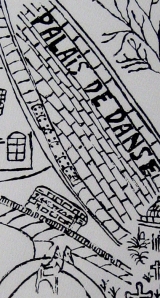
A Little Bit of Hammersmith
Having dealt with squatters and cowboy removal companies we are taken to 55 Christchurch Hill Hampstead to persuade Billie Whitelaw in the guise of recently bereaved widow, to relinquish her home with an interior ‘just like Limasol’ and take up residence in a newly purchased house in Holland Park. At this point we all pour into the removal van including the widow and make our way to Holland Park.
Christchurch Hill was Christchurch Road until street renaming around 1938. The house used in the film at number fifty five is situated at the corner of Grove Place in the shadow of a block of twenty eight model dwellings built c.1914 on the site of the Wells’ Bath House.
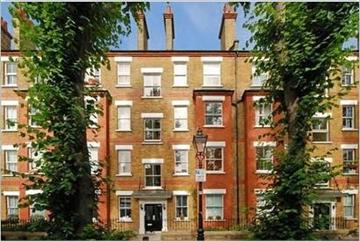
Model Dwellings Grove Place Hampstead
On to a house in Holland Park ‘The Villa’ which by referring to this most interesting site www.reelstreets.com turns out to be filmed at 87 Addison Road. Depicted in the film as a house of the better sort belonging to an aspirational family as intended when this street was built. The 1881 Census records one Alfred Clark, Varnish Manufacturer and General Merchant residing there with his wife and six children aged twenty-two to four years old. The household included four servants of which one was a groom indicative of ‘carriage folk’.
We leave this house to embark to Knightsbridge where an elderly diplomat in the shape of Leo McKern is returning to his childhood home to die, but this time as a lodger in an unfamiliar house and thus we finish up full circle back in Hackney (Quilter Street). The film will not of course be to the taste of everyone, especially with the odd little moral thread that runs through it portraying the Seven Deadly Sins however the meander through the ordinary houses of the metropolis and within that Jack Rosenthal’s skill in illustrating human nature along the way is perfectly charming.
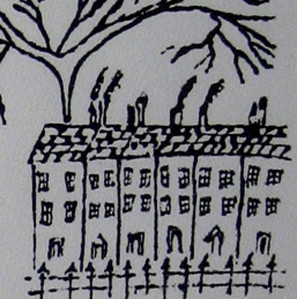
A Little Bit of Hackney
A slightly earlier production from Jack Rosenthal also centred firmly on London and one of the Capital’s most familiar sights was The Knowledge (1979). Following the ups and downs of four ‘Knowledge Boys’ in their bid to attain the coveted Green Badge and become fully fledged Licensed Hackney Carriage drivers. Known for his attention to detail and creating credible characters, good research played a large part in his writing. In this desire to get his subject right he accompanied London taxi drivers on their journeys and in doing so was granted a honoury taxi driver’s license in the process.
A beautifully written first hand account of the real Knowledge can be found here: http://blackcablondon.wordpress.com alongside a cornucopia of accomplished narratives on life in London.
In Bar Mitzvah Boy (1976 ) the character of Victor Green is also a London Taxi driver although this film centres around a Jewish family in a London suburb preparing . . . or not . . . . for a family celebration. From memory boz believes the film location for Bar Mitzvah Boy may have been Neasden but can find no information available to confirm that. There is a recent adaptation for radio by Jack’s playwright daughter Amy Rosenthal which quite coincidently was broadcast this weekend.
Another tale of teenage angst set in 1948 P’tang Yang Kipperbang screened for the opening night of Channel 4 in 1982. Filmed at Wimbleden Chase Middle School and Cardinal Vaughn School, Kensington, the central character Alan Duckworth resides in a house in York Road, South Wimbledon.
Telling the story of the first television broadcast is the Fools on the Hill (1986) set almost entirely at Alexandra Palace with the opening scenes at Broadcasting House, Langham Place. The drama was made to commemorate the fiftieth anniversary of the Television Service in 1986 and can be viewed here: http://www.youtube.com/watch?v=
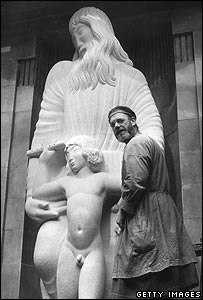
Persephone and Ariel with Eric Gill - Getty Image taken from BBC website
Broadcasting House was the first purpose built premises in 1932 for radio broadcasting by the BBC. The statue of Prospero and Ariel from Shakespeare’s The Tempest was commissioned with Ariel being the spirit of the air considered a suitable expression of the essence of broadcasting. The original design for Eric Gill’s statue had to be modified in proportion. Following a question raised in the House of Commons as to the offence on public morals Gill was instructed by the first BBC Director General, John Reith to adjust the dimensions of Ariel’s genitalia to more decent proportions.
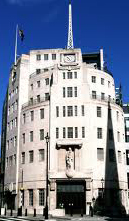
Broadcasting House
The venture into television was not to be at Langham Place but in north London at Alexandra Palace. Incepted by the Great Northern Palace Company and originally intended as a glass structure by the name of ‘People’s Palace’, however, lack of finance put a stop to the original proposal. Alexandra Palace was completed 1875 by Charles and Thomas Lucas who at this time were also building the Royal Albert Hall. and took the name of the park within which it stood named after the newly married Princess of Wales when it opened in 1863. The British Broadcasting Corporation leased the eastern part of the building from 1936 and aside of the interruption of the Second World War this became the main centre for BBC television production until 1956 at a time when Jack Rosenthal was working in the promotions department of the new Granada Television Company.
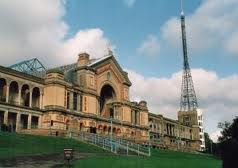
Alexandra Palace with Transmitter Mast
Born 1931 in Manchester Jack Rosenthal wrote so much more than the few examples outlined here, many of which included parts played by his wife, actress Maureen Lipman and who also appears in The Knowledge. At his death in 2004 his obituary in The Guardian referred to him as “television’s Charles Dickens” presumably in acknowledgement of his ability to draw out and display the inherent caricature in human behaviour.
To return briefly to the subject of ordinary London houses; for those who paused to wonder at the commencement of this post why boz resides in Tot Hall, then this is Tot:
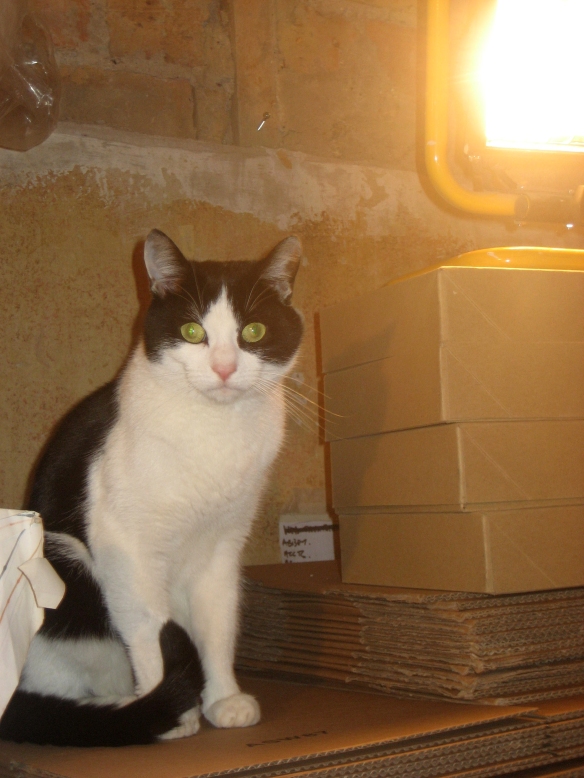
Expression of displeasure with his building site

